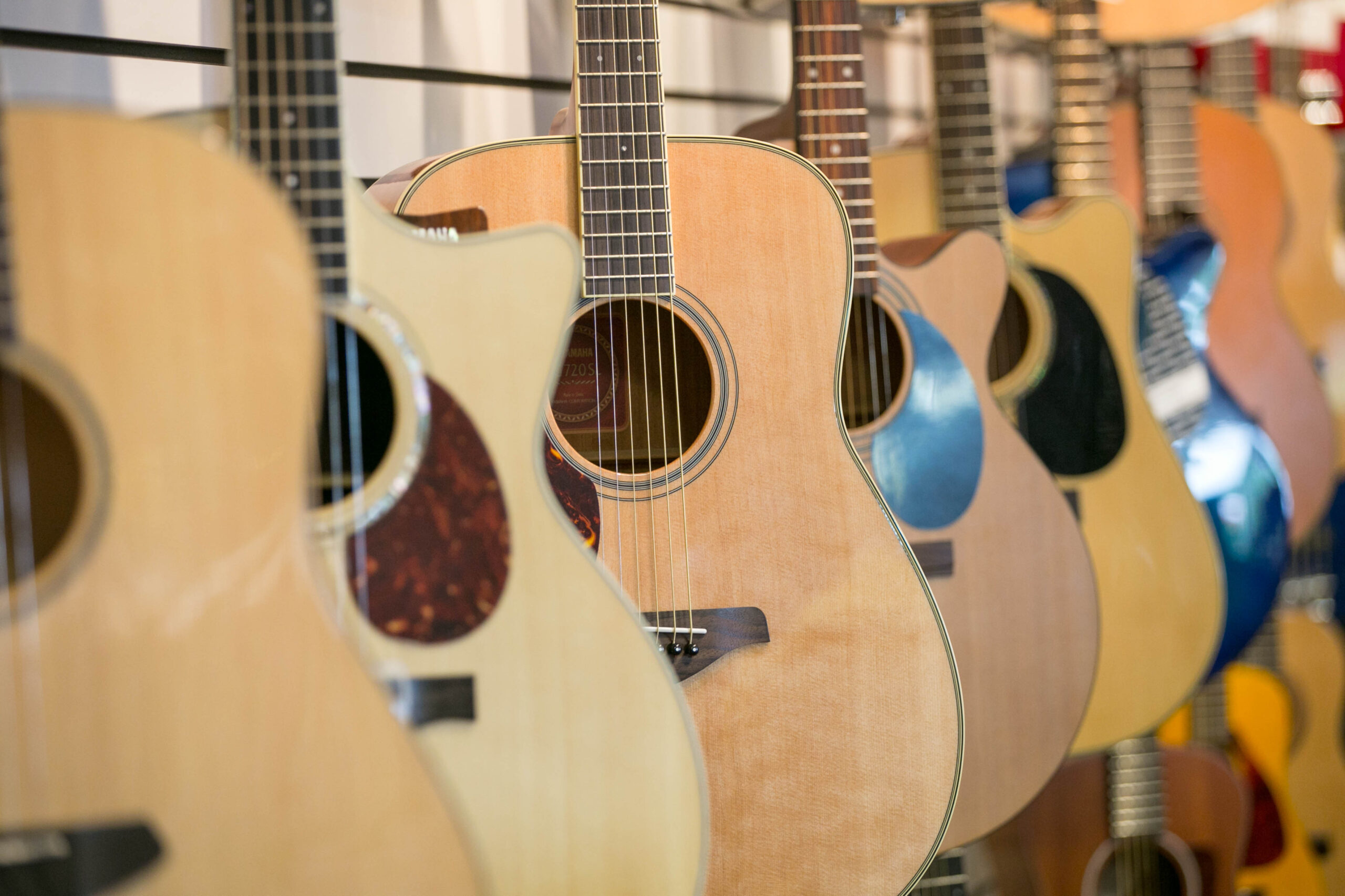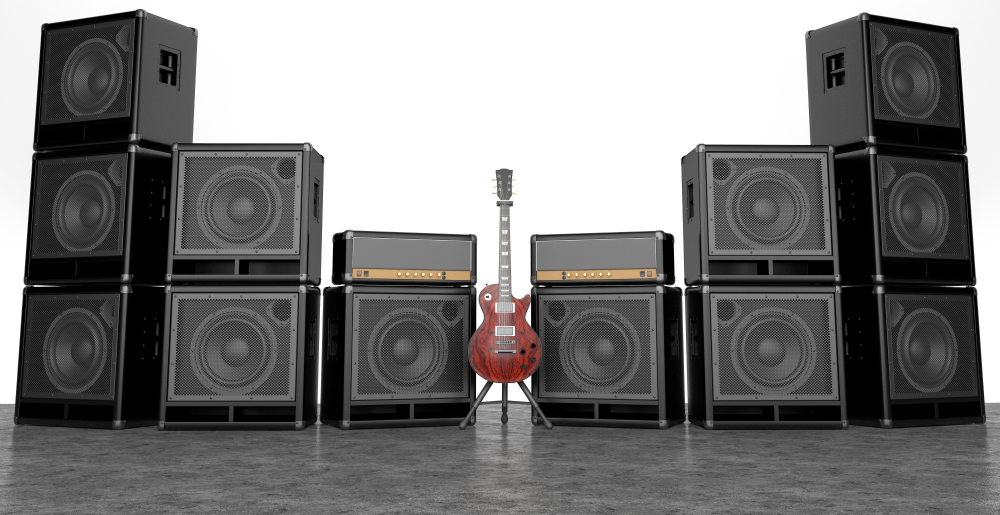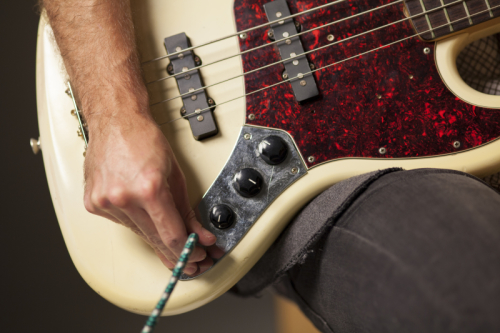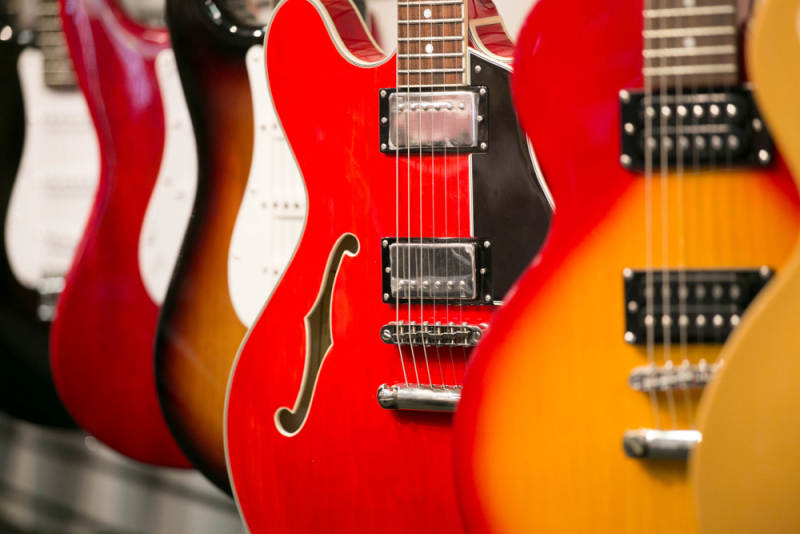April 09, 2015
Six Recording Studio Essentials
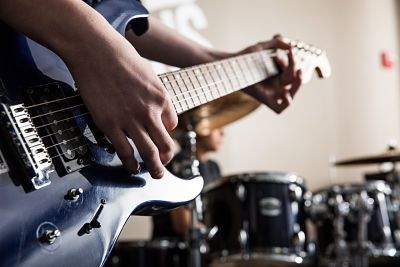

When it comes to creating a home recording studio, gear is just as important as the space. Walk into any recording studio, and you’ll overhear someone talking about the recording technology, vintage microphones, and other highly sought-after gear. Although there are hundreds of ways to configure a home studio, there are a few essentials that you’ll need, regardless of the size or design of your studio. From microphones and monitors to headphones and a hard drive, here are some essential elements you’ll need to include in your space. If you’d like to create digital recordings at home, you’ll find the bare minimum amount of gear on this list.
A Good Computer
If your computer crashes every time you turn it on, you should think about investing in a quality computer before moving one step further with building out your studio. Now, the age old question: Mac or PC? Although most engineers have a preference, you should stick with what you know- at least to begin with. Recording, mixing, and mastering isn’t the simplest thing in the world, and adding in the extra complication of learning a new operating system will only make things more difficult. Regardless of the operating system you choose, make sure your computer has as much RAM as you can afford. RAM is where all your music is processed, so the more the merrier.
A Quality Microphone
If you’ve ever spent time in a recording studio, you may have noticed there’s a surplus of microphones. While some studios acquire dozens of microphones over the years, you only need to start with one. A microphone we’d recommend is the Shure SM58, as it’s affordable, versatile, and recognized around the world as a standard. Priced at less than $100, the Shure SM58 is anything but cheap. Depending on the instruments you intend to record, you may find better options on the market. But, if you’re looking for a standard option you can’t go wrong with choosing a Shure microphone.


Digital Audio Workstation
Also referred to as DAW, the digital audio workstation refers to the software used to record, edit, and mix music. The audio interface, on the other hand, is the hardware that conencts your computer with the rest of your gear. Although you can purchase these items separately or as a combo, most experts recommend that those who are building their first studio purchase their hardware and software as a package. Here’s why: it’s one less item to shop for, cheaper than purchasing both separately and, in most cases, packages come with guaranteed tech support. Although there are plenty of free options available, some great paid options include Avid Pro Tools, Presonus Studio One, Cakewalk Sonar, and Apple Logic Studio. The first two can be used by PCs and Macs, while the latter are exclusive to PC and Apple, respectively.
Headphones & Studio Monitors
Whether you’re editing tracks or recording vocals, headphones are a crucial part of your home studio setup. When it comes to studio headphones, there are three different types: open, semi-open, and closed. If you’ll use the headphones exclusively for recording, opt for closed. Closed headphones are designed to keep the sound from leaking out of the headphones and into the mic, making them the ideal choice for recording studios. Although monitors aren’t a necessary component of a recording studio, some engineers find that they prefer to do their mixes on a good pair of studio monitors. If you don’t have the cash or want to experiment with different monitors before making a final decision, you can mix using headphones in the meantime. Although rare, some engineers actually prefer to use headphones for mixing.


Dedicated Hard Drive
Recording tracks to a computer is a pretty involved process- especially if you’re recording more than ten tracks. While your computer’s hard drive can technically act as an audio drive, it’s not the ideal choice for one main reason: it has the full-time job of simply running the operating system and asking it to handle all of your audio streaming can send it over the edge. To prevent freezing and annoying error messages, purchase a dedicated external hard drive for your recording. You can install this extra space either internally or externally, depending on your setup. While internal drives will give you more speed, sometimes it just isn’t possible to install a hard drive internally. Regardless of the type of drive you choose, ensure that the hard drive’s chipset is compatible with your recording program.
Love music technology? Check out 9 of our favorite apps for musicians!




